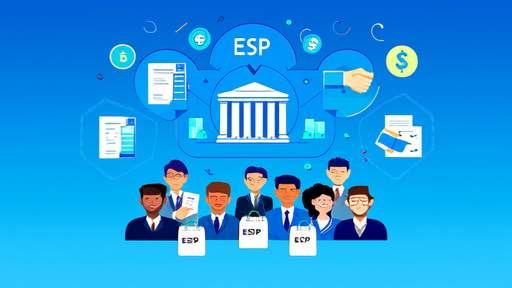The shipping industry has always been a cornerstone of global trade, and its financial underpinnings are equally critical. Among the various facets of shipping finance, the prediction of a vessel's residual value stands out as a particularly complex yet indispensable task. Shipowners, lenders, and investors rely heavily on accurate residual value forecasts to make informed decisions regarding acquisitions, financing, and risk management. Unlike other assets, ships have long lifespans and are subject to a unique set of market dynamics, making their valuation a challenging endeavor.
Residual value prediction models for ships are designed to estimate the future market value of a vessel at the end of a lease term or financing period. These models must account for a multitude of variables, including age, maintenance history, technological obsolescence, and macroeconomic trends. The shipping market is notoriously cyclical, with periods of boom and bust driven by fluctuations in trade volumes, fuel prices, and regulatory changes. As such, a robust residual value model must be both flexible and data-driven to adapt to these shifting conditions.
One of the key challenges in developing these models is the scarcity of reliable historical data. Unlike real estate or automobiles, where transaction data is abundant and standardized, the sale and purchase of ships occur less frequently and are often privately negotiated. This opacity complicates the task of benchmarking and validating predictive models. Additionally, the unique characteristics of each vessel—such as its design, construction quality, and operational history—mean that even two seemingly identical ships can have markedly different residual values.
Despite these hurdles, advancements in data analytics and machine learning have begun to revolutionize residual value forecasting. By leveraging large datasets and sophisticated algorithms, modern models can identify patterns and correlations that were previously undetectable. For instance, predictive analytics can now factor in geopolitical risks, environmental regulations, and even weather patterns to refine their forecasts. These innovations are particularly valuable in an industry where a slight miscalculation can lead to significant financial losses.
The role of regulation in shaping residual values cannot be overstated. The International Maritime Organization's (IMO) sulfur cap regulations, for example, have had a profound impact on the valuation of older vessels that are not equipped with scrubbers or alternative fuel systems. Similarly, the push toward decarbonization is accelerating the obsolescence of certain ship types while boosting the demand for more eco-friendly designs. Residual value models must therefore incorporate regulatory timelines and potential future mandates to remain relevant.
Another critical factor is the interplay between charter rates and asset values. When charter rates are high, shipowners are more likely to order new vessels, increasing supply and potentially depressing future residual values. Conversely, low rates can lead to scrapping and reduced supply, which may support higher residual values over time. Understanding these market mechanics is essential for anyone involved in shipping finance, as the relationship between earnings and asset values is rarely linear.
Looking ahead, the increasing digitization of the shipping industry promises to further enhance residual value prediction models. The advent of IoT-enabled ships, which generate vast amounts of real-time operational data, could provide unprecedented insights into vessel performance and maintenance needs. This data, when integrated into predictive models, could lead to more accurate and dynamic valuations. However, it also raises questions about data ownership, privacy, and standardization—issues that the industry will need to address collaboratively.
In conclusion, while predicting the residual value of ships remains a daunting task, the tools and methodologies available today are more sophisticated than ever before. The integration of advanced analytics, regulatory foresight, and real-time data streams is gradually transforming this field from an art into a science. For stakeholders in shipping finance, staying abreast of these developments is not just advantageous—it is imperative for navigating the uncertainties of this dynamic industry.

By /Jun 3, 2025

By /Jun 3, 2025

By /Jun 3, 2025

By /Jun 3, 2025

By /Jun 3, 2025

By /Jun 3, 2025

By /Jun 3, 2025

By /Jun 3, 2025

By /Jun 3, 2025

By /Jun 3, 2025

By /Jun 3, 2025

By /Jun 3, 2025

By /Jun 3, 2025

By /Jun 3, 2025

By /Jun 3, 2025

By /Jun 3, 2025

By /Jun 3, 2025

By /Jun 3, 2025

By /Jun 3, 2025

By /Jun 3, 2025